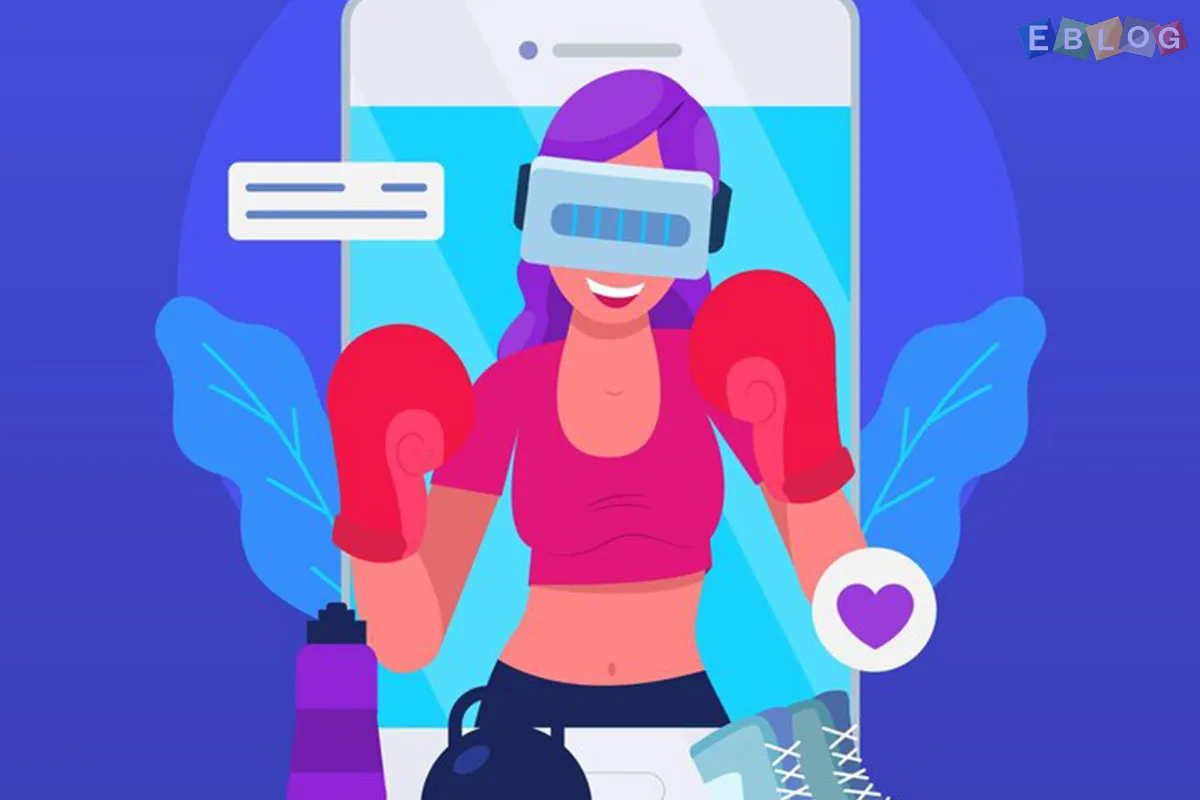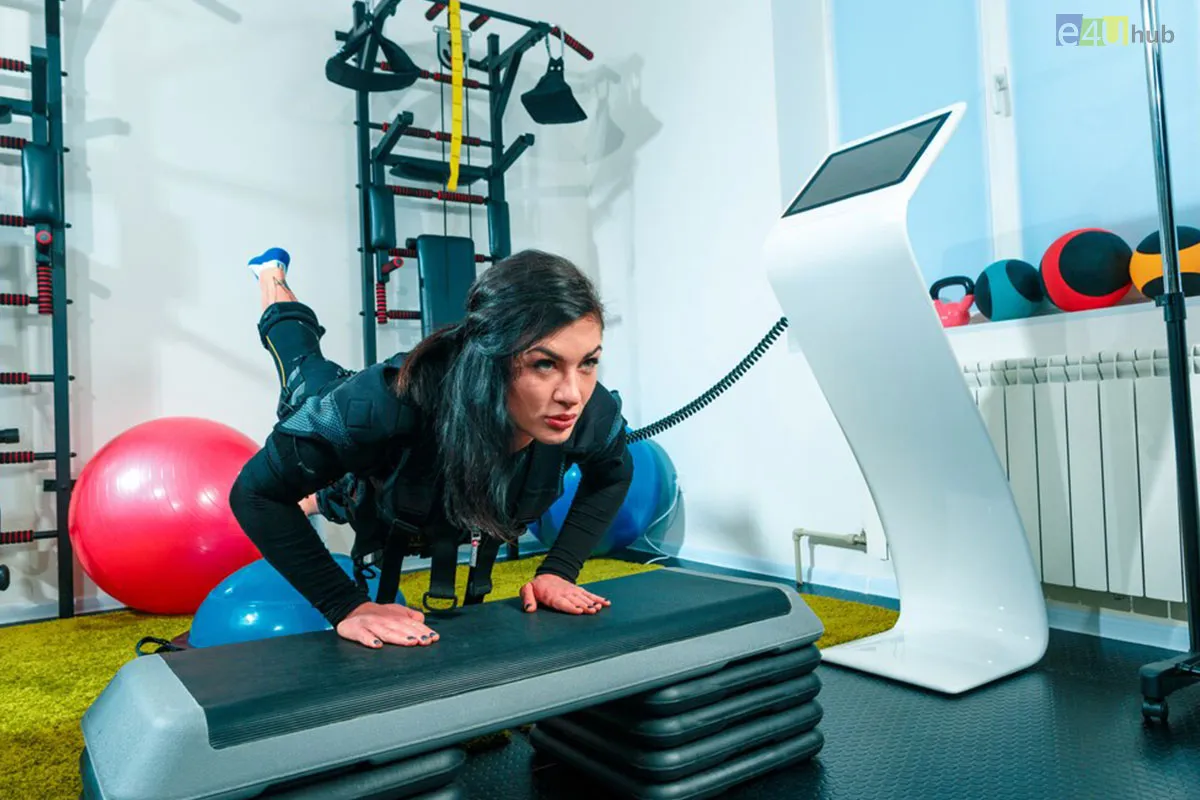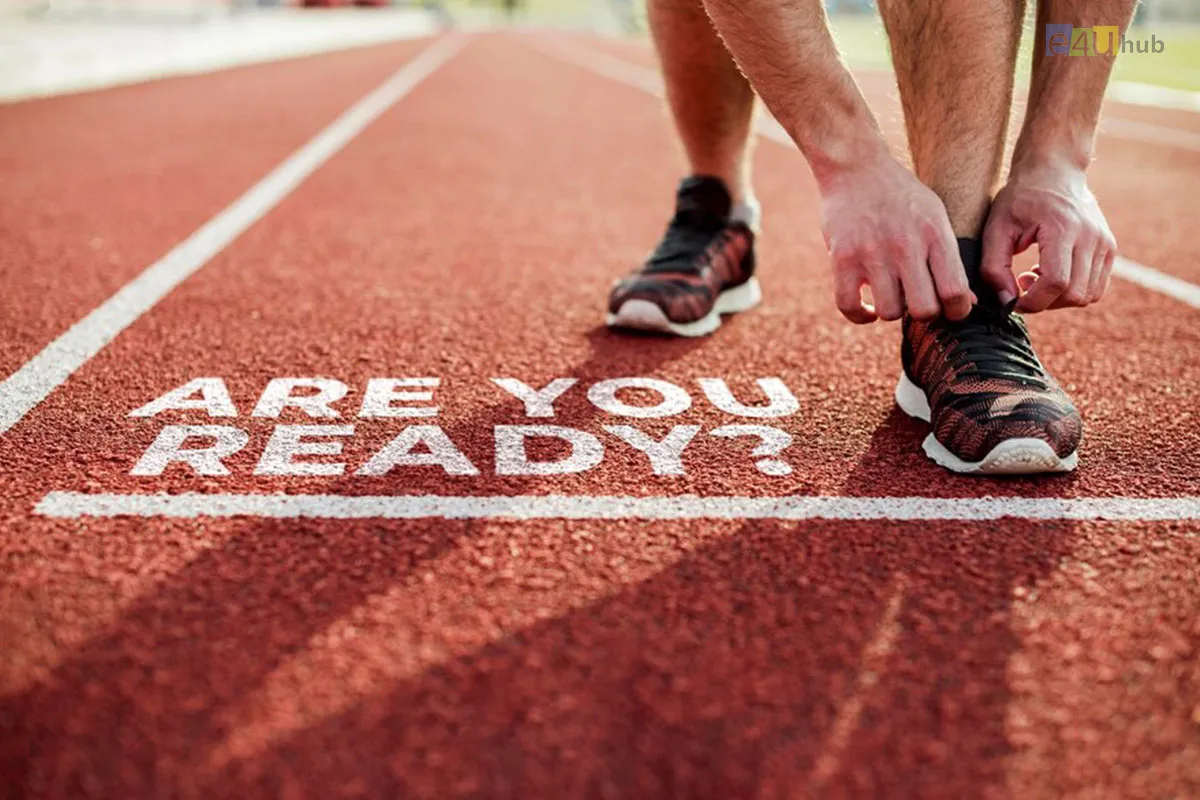
The Evolution of Sports Technology: How AI and Wearables Are Changing the Game
- 11 Sep, 2024
- Sports
- 538 Views
- 0 Comments
In recent years, technology has become an integral part of the sports world, transforming the way athletes train, perform, and recover. At the forefront of this transformation are Artificial Intelligence (AI) and wearable technologies, which have revolutionized both professional and amateur sports. These innovations not only optimize athletic performance but also enhance fan engagement, offering a more interactive and data-driven experience for everyone involved.
Let’s explore how AI and wearables are changing the game and shaping the future of sports.
a. The Rise of Wearable Technology in Sports
Wearable technology has rapidly gained popularity among athletes, coaches, and fitness enthusiasts alike. Devices like smartwatches, fitness trackers, and GPS-enabled gear have evolved beyond mere step counters, offering insights into an athlete's physical performance, recovery, and overall health.
1. Tracking and Monitoring Performance
Wearable devices have made it possible for athletes to track metrics such as heart rate, speed, distance, and calories burned in real time. For example, GPS trackers used in sports like football, soccer, and basketball measure an athlete's movement across the field, helping coaches analyze positioning, fatigue levels, and potential injury risks.
These wearables can also track biomechanical data such as stride length, jump height, and joint motion. This detailed information helps athletes fine-tune their movements, enhancing efficiency and reducing the risk of injury.
2. Injury Prevention and Recovery
Injuries are a constant concern for athletes, but wearable technology has introduced preventive measures. Devices like pressure-sensitive insoles or smart compression gear can identify signs of muscle fatigue or strain, allowing athletes to adjust their training before an injury occurs.
During recovery, wearables that monitor sleep patterns, heart rate variability (HRV), and oxygen levels provide athletes with critical insights into their body’s recovery process. This enables them to return to peak performance sooner and more safely.
3. Personalized Training Programs
Wearables allow athletes to access data that was previously only available in lab settings. Based on this data, personalized training programs can be designed to suit an athlete’s specific needs, taking into account factors such as energy expenditure, recovery time, and fitness goals. These tailor-made programs help athletes maximize their training efficiency and performance potential.
b. AI’s Impact on Sports: From Data to Decision-Making
Artificial Intelligence (AI) has redefined the way sports data is collected, analyzed, and applied. AI’s ability to process massive amounts of data in real time has revolutionized sports analytics, providing teams and athletes with powerful tools to make informed decisions.
1. Performance Analytics and Strategy
AI-driven platforms can analyze game footage and performance data to provide insights that were once difficult to obtain manually. In sports like baseball, AI is used to assess a player’s batting and pitching mechanics, helping coaches adjust strategies in real-time. Similarly, in basketball, AI can track shooting angles, ball movement, and player positioning to optimize offensive and defensive tactics.
This level of analysis is not just limited to professionals—amateur athletes can now access AI-based apps that provide real-time feedback on their form and techniques, enabling even weekend warriors to improve their game.
2. Injury Prediction and Management
AI is also playing a critical role in injury prediction and management. By analyzing biometric data collected from wearables, AI algorithms can detect early signs of stress or overexertion in athletes. This allows for timely intervention, significantly reducing the risk of injury.
For example, AI-powered predictive models can forecast how an athlete’s body will respond to specific training loads, helping coaches and medical staff create more effective training regimens. In soccer, for instance, AI can analyze fatigue patterns to determine when a player is at risk for muscle strain or ligament injury, ensuring appropriate rest and recovery periods.
3. Enhancing Fan Engagement
AI has also transformed the way fans experience sports. Through AI-driven data visualizations and augmented reality (AR), fans can now access real-time statistics, player performance data, and even predictive insights during live events. AI-powered chatbots and voice assistants have also made it easier for fans to access scores, player stats, and sports news on demand.
Fantasy sports platforms now use AI to simulate games, helping fans make data-driven decisions for their teams. AI has made it possible for fans to engage with their favorite sports in more immersive and interactive ways, enhancing the overall viewing experience.
c. The Future of AI and Wearables in Sports
As technology continues to evolve, we can expect to see even more advanced applications of AI and wearables in sports. Here are a few trends to watch out for:
1. Augmented Reality (AR) and Virtual Reality (VR)
AR and VR are making their way into training environments, offering athletes the ability to practice in simulated game conditions. AI-powered VR platforms can replicate real-time game scenarios, helping athletes develop decision-making skills and strategies in a safe, controlled environment. These technologies are also being used to enhance fan experiences, allowing viewers to feel as if they’re part of the action.
2. Smart Clothing
The future of wearables may lie in smart clothing—apparel embedded with sensors that collect data from an athlete’s movements and physical responses. These garments could revolutionize how athletes monitor their performance, providing more accurate insights than external wearables like watches or bands.
3. AI-Powered Coaching
AI has the potential to democratize coaching, offering athletes of all levels access to personalized training programs and feedback. Virtual coaching platforms powered by AI will be able to analyze a user’s performance and provide immediate guidance on areas for improvement, effectively bringing elite-level coaching to anyone with a smartphone.
Conclusion
The integration of AI and wearables into the sports world has transformed how athletes train, compete, and recover. From personalized training programs to real-time performance analytics, these innovations have taken sports to new heights of precision and efficiency. As technology continues to evolve, we’re only scratching the surface of what’s possible.
The future of sports will undoubtedly be shaped by these advancements, allowing athletes to push the boundaries of human performance while engaging fans in unprecedented ways.














Leave a Reply